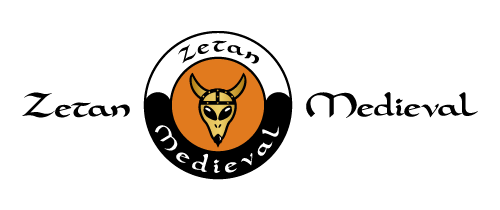Kukri
€13.60
Kukri or Nepalese khukuri with the pommel and handle in nickel color, The total size is 29 cm and the blade is made of steel in the form of a curve of 16.5 cm and 2.2 mm thick, The sheath is made of leather with finishes metallic.
€25.00
Kukri dagger or Nepalese khukuri, the pommel and hilt is nickel colored, The total size is 38.5 cm with the curved steel blade with engraved details with a length of 23 cm and 2.4 mm thick, The scabbard It is made of leather with metallic finishes.
€78.10
The original Kukri and Army officer. Forged by hand in carbon steel. Essential for outdoor activities. This excellent knife is used by the Gurkha officers in India. The contoured handle is made of genuine buffalo horn. Knob and brass reinforcement. Equipped with the official sheath and with 2 accessory knives. Total: 35 cm Sheet: 24 cm / long, 0.47 cm /...
€88.00
It was used by the famous Nepalese Gurkhas in the siege of Delhi in 1857, in the trenches of the First World War of France, through the jungle of New Guinea, in World War II, and with distinction in the Falkland Islands. The blade has a thickness of 1/4 "with deep grooves and the traditional religious notch Traditional handle, made of native wood Metal...








